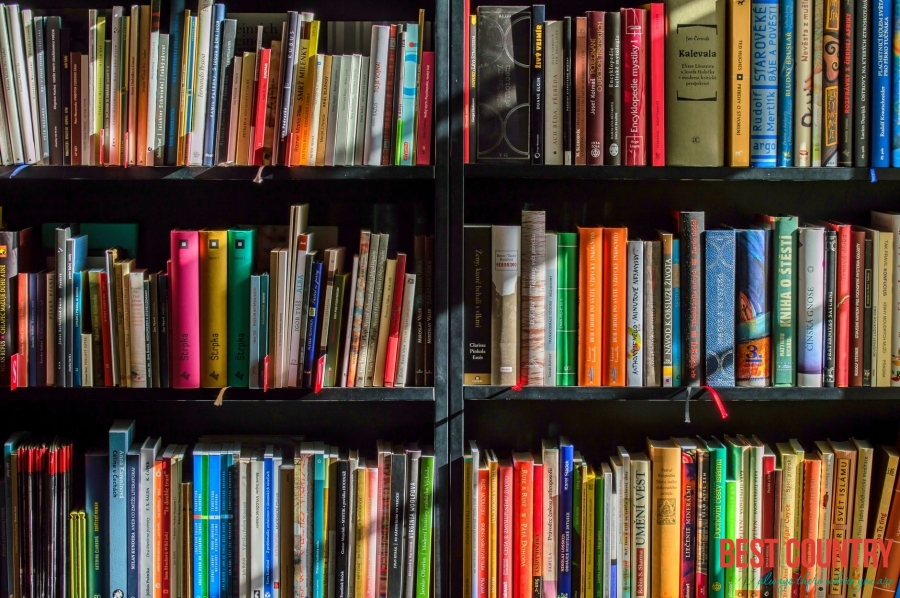Education System in Chile

Pre-school is voluntary, however all children are required to enter primary school or Enseñanza básica where they must remain for the following 8 years.
Secondary Education
Following this period teenage pupils proceed directly to Enseñanza Media secondary school which they attend through to age 18. Grades 9 and 10 are standardized. From grade 11 though (Tercero Medio) students may choose to focus more on sciences or humanities. In this case either maths / physics / biology / chemistry or literature / philosophy / history respectively receive greater attention.
Especially in poorer areas students may also receive training in practical subjects such as electricity / mechanics or metal assembly. It is hoped that they may thereby be able to getter better jobs after school, and perhaps even self-fund themselves through university later.
Vocational Education
Alternatively students may prefer to proceed to a technical secondary school instead. Following the same two initial years of education they can elect to go on industrial, commercial, technical or mixed training. This equips them for a job for life if they work well.
Tertiary Education
There are 25 state universities and over 50 private ones in Chile. The standards of the more recent privately funded ones are reported tChile Educationo be falling. The entrance criteria for all remains the same, and in administered by a Council of Rectors or Consejo de Rectores. These includes mandatory examinations in maths and language, as well as other course-specific ones. A student’s school performance is merged with the result to obtain a final ranking.
The oldest Chilean university is the Universidad de Chile. It was established in 1622 as the Universidad de Santo Tomás de Aquino, but became the Real Universidad de San Felipe in 1738 for a while before assuming its current name.